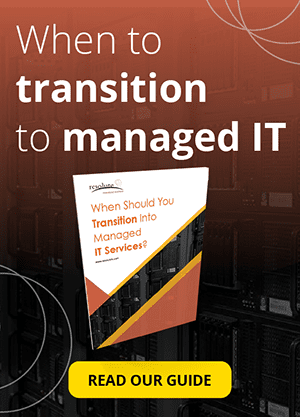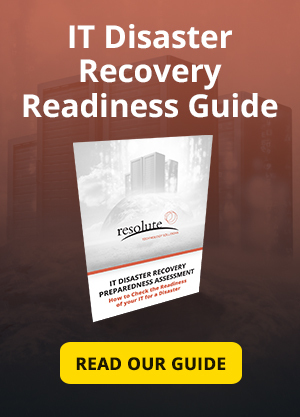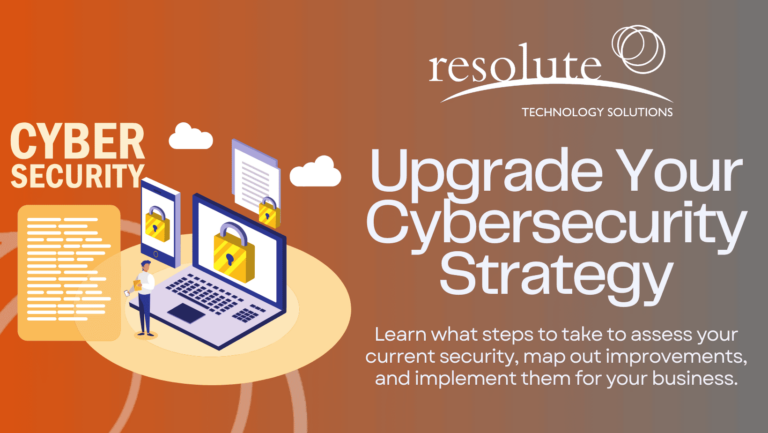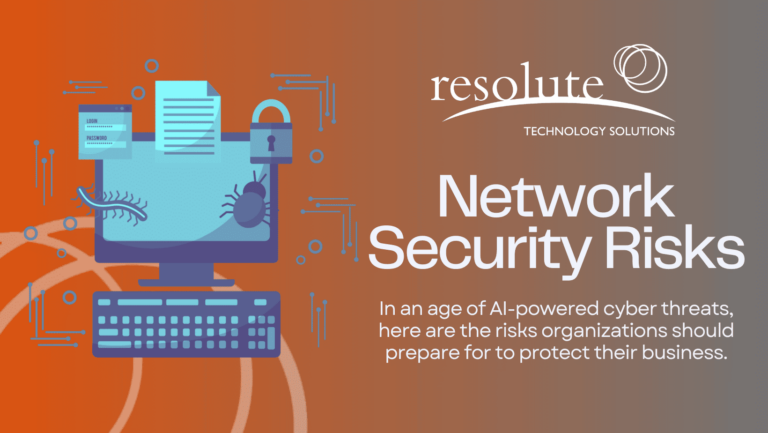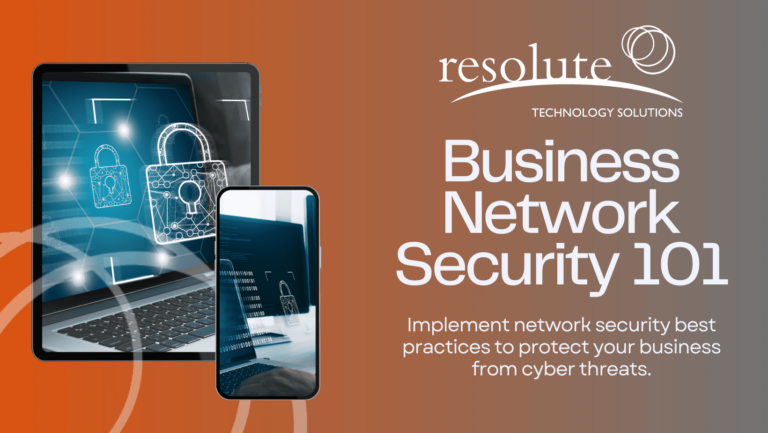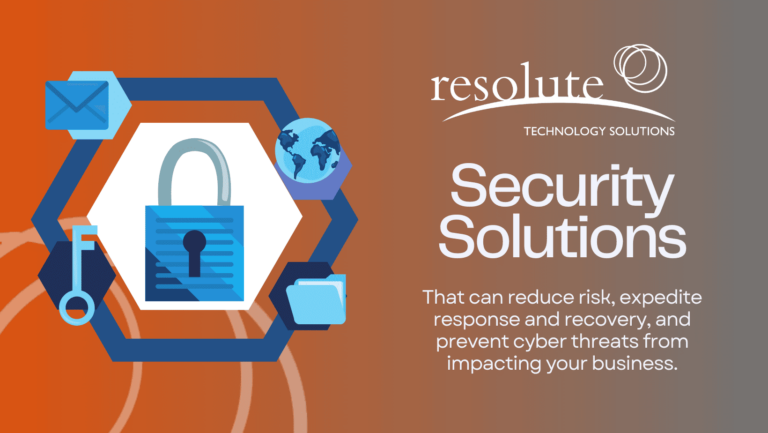Information Technology is one of the most rapidly evolving industries with breakthroughs and new technologies emerging on a constant basis. All levels of business have to keep up with these developing trends in order to take advantage of new opportunities and be on guard for new risks. Some trends like cloud adoption and cybersecurity aren’t exactly new but are maturing while other trends such as AI, chatbots, and machine learning are emerging and professionals are still figuring out business applications for them.
When we first started writing on this topic it was all meant to go in the same post but as sources and images were added it’s become a bit unwieldy and will now be broken up into two parts. This post, Part 1, will cover cybersecurity, cloud, remote working and IoT and Part 2 will cover trends relating to emerging tech, XaaS (Anything-as-a-Service), Hyperconvergence, and the increasing number of integrations between apps.
4 IT Trends to Watch For
1. Advanced Cyber Threats
More elaborate methods of gaining access to your secured systems including more intelligent attempts of phishing and SMSishing will lead to more advanced cybersecurity precautions for businesses and individuals. As people become more familiar with suspicious attempts to access their data; the emails, links, and landing pages will continue to get harder to distinguish from the actual pages people are trying to visit.
Example – PayPal 2015 phishing landing page. Once you enter your login credentials, they are sent to the hacker and the gain access to your account:
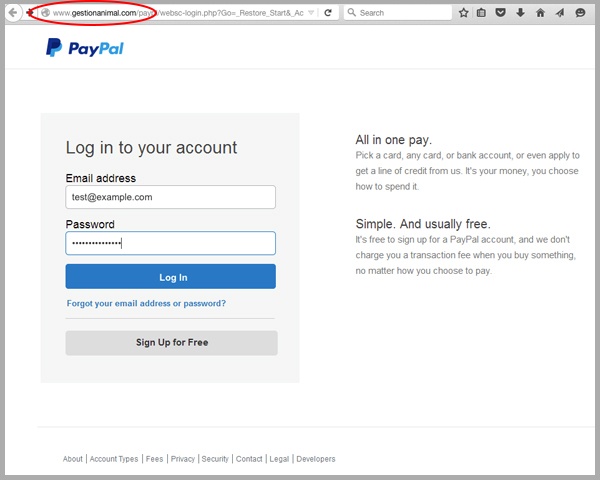
Image source: http://www.mailguard.com.au/blog/zero-day-email-phishing-scam-targeting-paypal-customers
Example 2 – Gmail phishing scam. Receive an email like this with what looks like an attachment but actually links you to a fake Google login page.
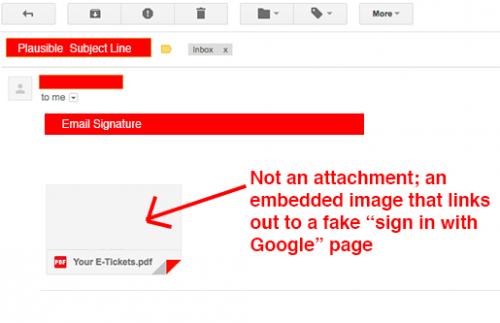
Image source: http://www.lavasoft.com/mylavasoft/company/blog/latest-gmail-phishing-scam-is-very-convincing
URL looks something like this at the top including the fake accounts.google.com, much more believable then some attempts in 2015.
![]()
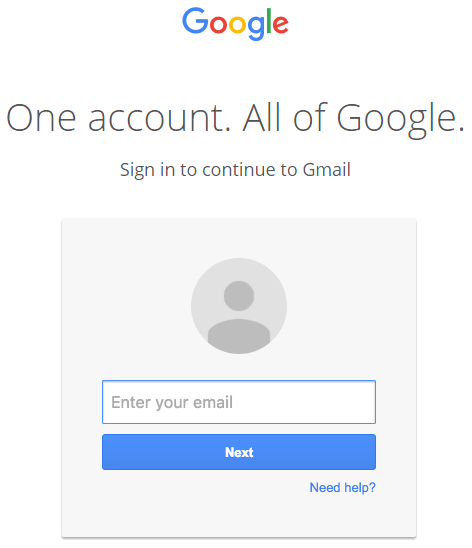
Image source: https://www.wordfence.com/blog/2017/01/gmail-phishing-data-uri/
Cybersecurity planning will have to take both the human side and the tech side of the threats into account and combat it with training, up-to-date info on new threats, proper permissions settings so people only have access to the sensitive info they need and an exhaustive backup and recovery plan in place in case of a breach or ransomware takeover.
One method for gauging how prepared your team is to deal with phishing attempts is to set up a mock phishing campaign. It takes some time and effort but you get a read on how aware people in your organization are of potential cyber threats and provides a unique opportunity to educate.
Although many businesses suffered from cyber attacks, according to a Barkly Security Confidence report: “52% of organizations that suffered successful cyber attacks in 2016 aren’t making any changes to their security in 2017”.
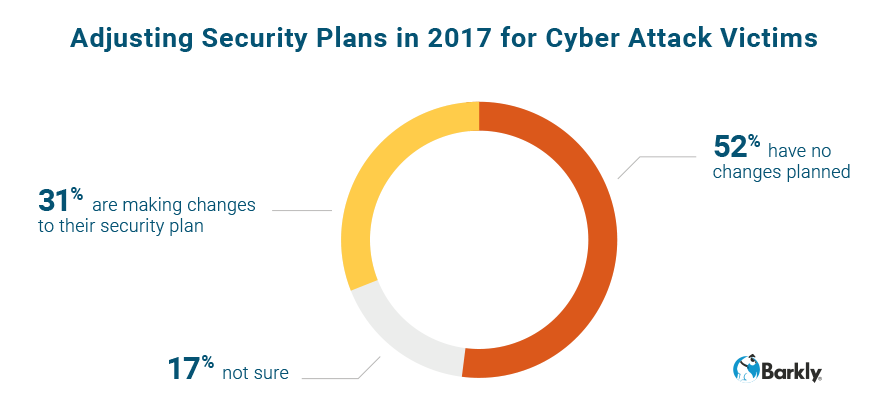
Image source: https://blog.barkly.com/cyber-security-statistics-2017
As a profession, cybersecurity and information security field have exploded in the last couple of years and there will be a massive demand from organizations trying to play catch-up or looking to enhance the cybersecurity measures they already have in place. Watch for more demand and more availability of these courses, certifications, and specializations.
In The Future IT Service Management Professional report by Axelos, 91% (of survey IT pros) agree that cyber-attacks, security breaches, and hacking will continue to increase and present a bigger threat to business.
Learn More:
- Common IT Challenges Fast-Growing Companies Face and How to Resolve Them
- 7 Cyber Security Tips for Startups
- Practical Cybersecurity to Protect Your Small Business
2. More Businesses Migrating to Cloud Services
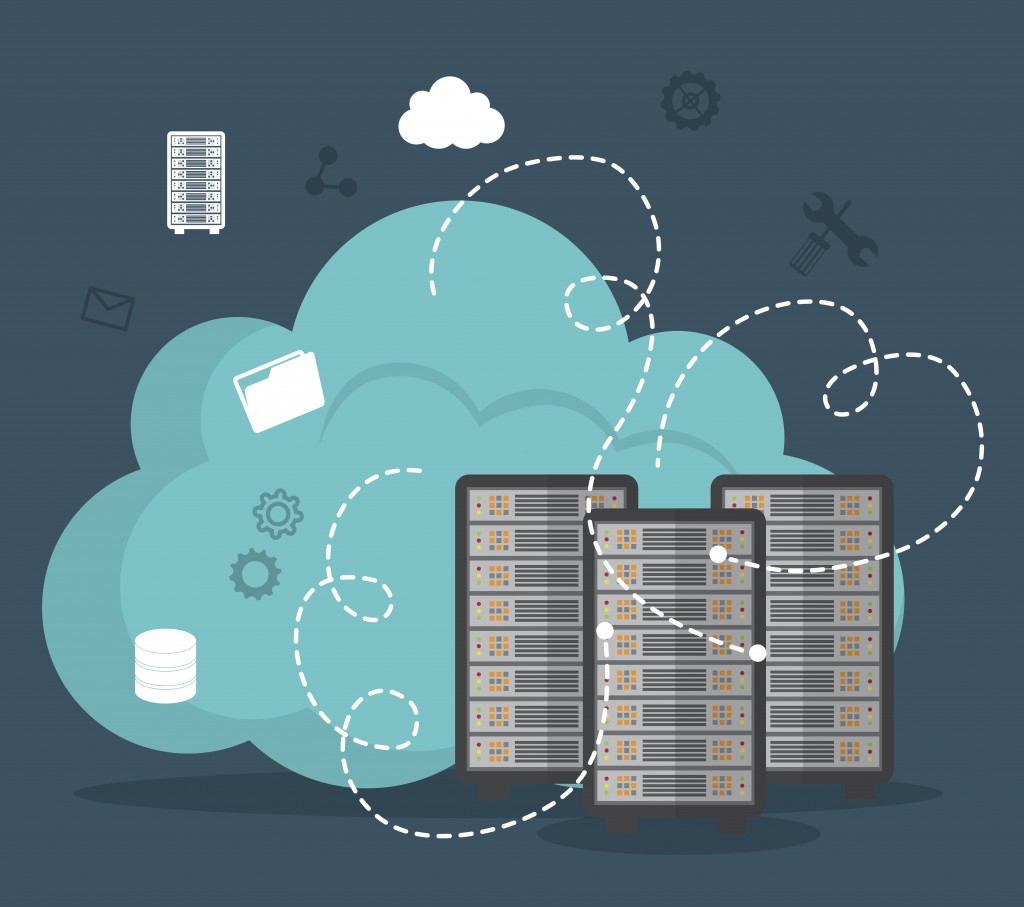
As more benefits emerge and costs for migrating to the cloud decrease; more and more organizations are deciding to make the switch to the cloud. Many new businesses and organizations realizing the benefits of cloud services are choosing to go with an all cloud-based approach. Annual cloud computing survey by venture firm North Bridge found that “50 percent of the organizations had either a cloud-first or cloud-only policy (90 percent used the cloud in some way)”.
Cloud services management will continue to develop into an ongoing role for IT departments and firms. This will mean a shift away from IT professionals with specialized experience dealing with on-premise legacy systems (although very gradually for some industries and businesses) and slowly shifting into using public, private, and hybrid cloud options for various functions.
Skyhigh Networks reports that “The average enterprise uses 1,427 distinct cloud services” split among collaboration, email hosting, file-sharing, content sharing, online file storage, office software, and many other functions. A notable cloud service that more and more people are using is for password and identity security management: Identity as a Service (IDaaS) and Single-Sign-On (SSO).
The reason there are so many different cloud services used by businesses and employees is because there isn’t really a dominant leader in each of the categories so enterprises especially can be hesitant to make a formal selection. “The top 5 enterprise services being used globally are OneDrive, Exchange Online, Salesforce, SharePoint Online and Yammer.”
Learn More:
3. Increased Ease of Remote Working via Advanced Collaboration

Tying right into the use of cloud services for collaboration, communication tools like Skype for Business, Microsoft Teams, Google Hangouts, Slack, and others have made it much easier for off-site meetings and participation remotely on projects. Features like group video chats, IM, collaboration sites that include project communication, notes, and files all with flexible permissions setting will play a part in making working together from different locations a lot more manageable.
Right now, there are a lot of strong competitors when it comes to smart collaboration tools and businesses are still a bit hesitant to move to a relatively new channel while the verdict is still out on which is the best option. In the future, we will likely see some of these advanced collaboration tools try to differentiate and establish themselves as the best option for each size of business.
This combined with a workplace shift to try and be more accommodating to workers with flex time, BYOD policies, and other options, will mean that not every workplace will maintain the traditional 9-5, Monday-Friday, in-the-office work routine.
This article, Flexible Work Trends: What We Can Expect in 2017, states, “Some companies, such as Dell, offer robust remote work programs and encourage their employees to telecommute as much as possible (going so far as to set goals like having 50 percent of their workforce be remote by 2020). Other companies, such as PwC, offer a wide-ranging flexible work program, which includes reduced hours, flextime, telecommuting, job-sharing, compressed workweeks and sabbaticals.”
This won’t be every workplace but as competition continues to grow for hiring IT talent, businesses will continue to try to find ways to attract and keep high value IT specialists.
Preserve Your Tried-and-Tested Business Processes
by Ensuring Your Legacy Apps Keep Working
4. IoT: Internet of Things Everywhere
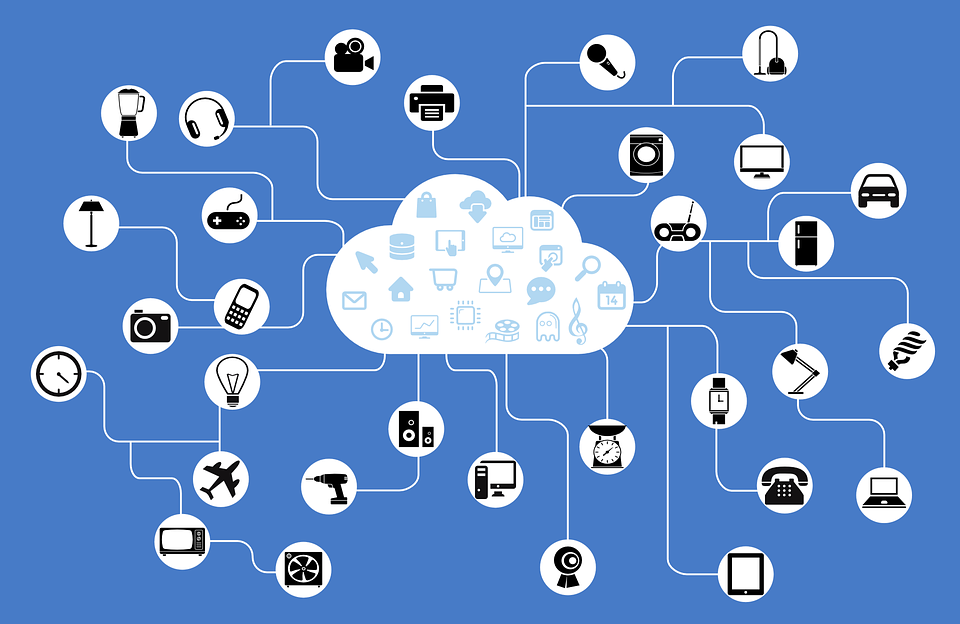
Capabilities and types of IoT devices will continue to grow as the Internet of Things grows more mainstream. Connected devices are now being adopted by both consumers and businesses in the form of smart thermostats, house managers, wearables, coffee machines, fridges, alarm systems and much, much more. For an extensive list, take a quick peek at the 75 Top IoT Devices by Datamation.
IoT devices and integrations on the consumer level seem to have made it over the popularity hump that keeps new technology from going mainstream that VR is still sort of facing to an extent.
This Business Insider article nicely categorizes some of the IoT devices by application:
- Smart Home
- Wearables
- Smart Cities
- Connected Car
We might add:
- Smart Offices
It hasn’t been nearly as widespread as the personal IoT usage but businesses are starting to find interesting ways to experiment with the Internet of Things as well. Smart offices, warehouses, and manufacturing plants may not be too far around the corner.
At an enterprise or business level, features from IoT devices may help with:
- data center monitoring
- inventory management
- surveillance and security
- mobile device and asset management
- industry-specific applications (healthcare, transport, retail)
According to Gartner Inc., “More than half of major new business processes and systems will incorporate some element of the Internet of Things (IoT) by 2020”.
We’ve barely scratched the surface on the things that will be happening this year with business technology, the IT industry, and technology advancements but plan to touch on even more in Part Two of IT Trends Businesses and Professionals Should Watch for. There will likely be unexpected tech trends that emerge as well catching industry leaders by surprise and forcing businesses to adapt.
Wanna learn more about our managed IT services? Get in touch with us today!
Learn More:


